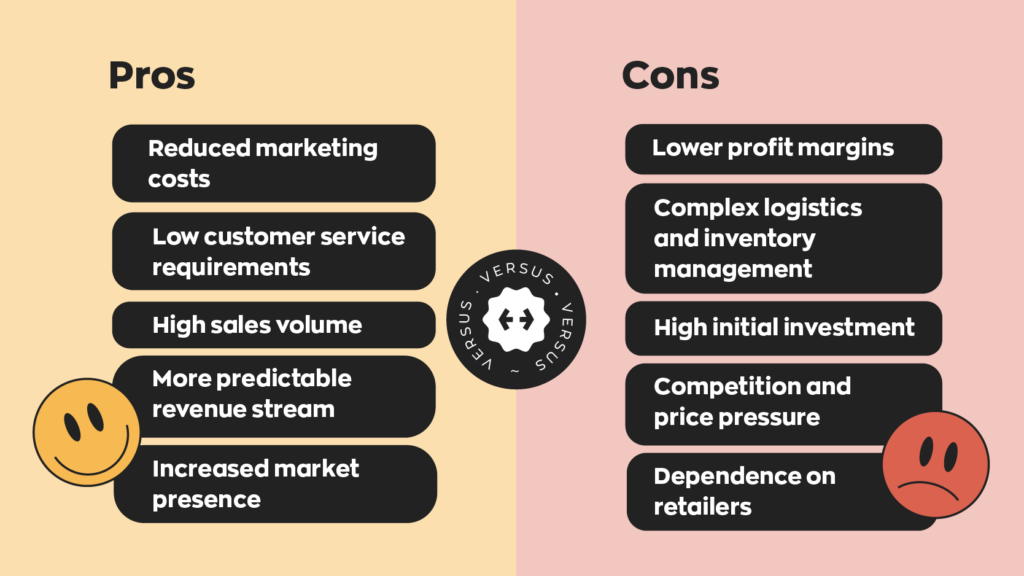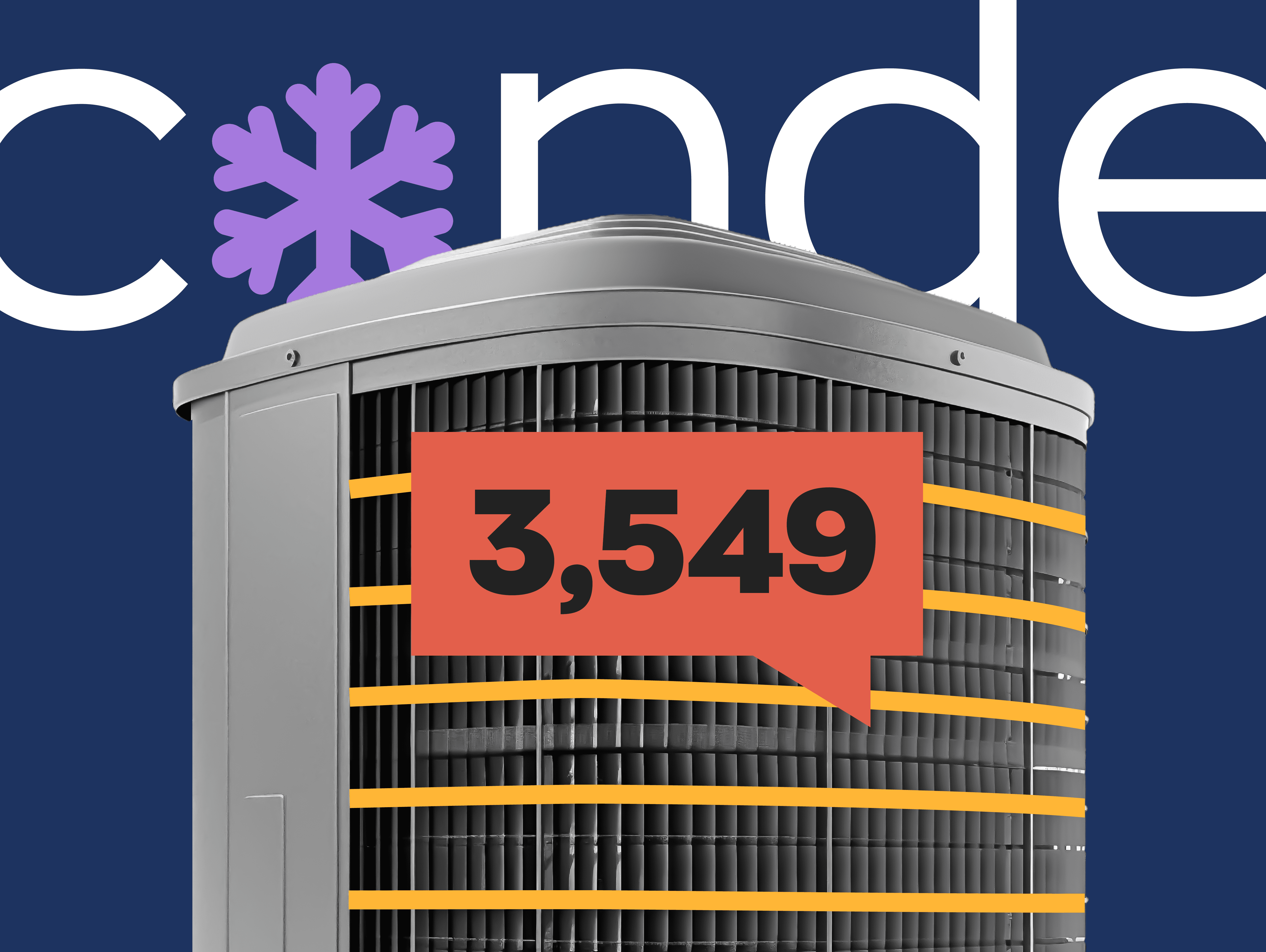If you’re considering selling wholesale, you’re probably not the only one out there. It’s always been a consistently popular and profitable venture for those savvy enough to figure it out. With the rise of ecommerce, plenty more up-and-coming entrepreneurs are wondering how to become a wholesaler.
But even those already in the retail business may need help navigating the intricate wholesaling business. There’s no shame in it; while the basic principles are similar, figuring out how to become a wholesaler requires building different relationships and supply networks. You’ll need to build a complete infrastructure for your business from the ground up. That’s why we’ve put this guide together! Whether you’re just starting your wholesale journey or already well on your way, we’re confident you’ll find something useful.
First things first, though: what exactly does it mean to sell wholesale?
What is selling wholesale?
No matter who you are, you purchase most (if not all) of your belongings from various retailers, whether brick-and-mortar stores or online shops. At some point or another, you’ve probably wondered where those retailers get their products. The answer? Wholesalers. They act as middlemen between manufacturers and retailers, purchasing goods in bulk before reselling them to retailers at a markup.

That answer might raise more questions. Don’t manufacturers make the products? Why do retailers get their merchandise from wholesalers instead of directly from the manufacturers? As it turns out, there’s a few reasons.
Full-time manufacturers are just that: manufacturers. They spend their time doing a multitude of tasks to create the products they sell efficiently. Manufacturers have to establish supply lines, manage raw materials, and more. Finding individual retailers to sell products to is just one more thing to worry about. Selling directly to retailers would also mean manufacturers would need extremely robust logistics to accommodate delivering smaller shipments to more clients.
How to become a wholesaler
As we’ve mentioned, selling wholesale can be a bit complicated to get started. Here are some things you should consider before you start selling wholesale:
- Choose your product/niche—First, you’ll have to decide what products you want to sell wholesale. Choosing a popular niche with many adjacent products is a great idea. That way, you’ll be able to offer a group of goods that make sense together. For example, selling TVs wholesale alongside other electronics makes much more sense than selling them alongside gardening tools.
- Register your business & obtain a license—The next step to selling wholesale is the dreaded paperwork. This is where your journey to becoming a wholesaler gets more complicated. Depending on your area, you may need a separate license before selling wholesale. Some locations call it a wholesale license; others may refer to it as a resale license. Whatever the case, it’s vital that you research the legislation for your region ahead of time.
- Establish your supply chains—Finding reliable manufacturers to partner with is arguably the most challenging part of selling wholesale. Since you’ll regularly purchase large amounts of products from them, you must ensure they’re reliable. Their ability to provide a consistent flow of products that meet quality standards is paramount.
- Secure warehouse or storage space—Now that you have your products, you’ll need somewhere to store them. When you sell wholesale, you’ll have a large number of products to track at any given time. That’s really the whole business model, after all, so be sure to have proper wholesale software to track your inventory.

Selling wholesale direct-to-consumer (D2C)
We said above that wholesalers sell to retailers. While that’s certainly the norm, selling wholesale directly to consumers is also a viable option for anyone looking into how to become a wholesaler. This is called direct-to-consumer, or D2C. Typically, there aren’t many of these because it puts a lot of strain on one party.
That being said, there are some benefits to selling wholesale D2C. Cutting out one of the go-betweens lowers the price that consumers pay. In theory, this means sellers can offer their products at a lower price. Offering lower prices then improves affordability, allowing them to sell to a broader audience.
In practice, though, this can be difficult. Having a good product is a small part of selling it. Product marketing is time-consuming and expensive. It’s usually best left to established retailers. Think of retail titans like WalMart. As a well-established brand, it naturally attracts more traffic than other chains.
Best practices for selling wholesale
Knowing how to become a wholesaler and implementing it are two very different things. Selling wholesale might seem simple, but there are some complexities to it. Managing relationships with business partners is important, but it’s just one part of the process.
You’ll have to manage the product flow and ensure each sale reaches the right place promptly. Organization is critical. Here are some things you can do when selling wholesale to keep your operation running smoothly.
Vet your suppliers
We touched on this already, but it’s worth repeating. Choose your suppliers carefully. Unlike suppliers and retailers, wholesalers answer to both parties. Selling bad products to retailers reflects poorly on you. The same goes for missed shipments due to precarious supply chains. Make sure you choose suppliers that can deliver consistent quality products on time.

Establish solid supply lines
When you decide on a supplier, you should consider more than speed, cost, and reliability. For example, if you’re selling wholesale internationally, you may be required to have some knowledge of customs. Maintaining a supply line that works for you is a big part of becoming a wholesaler. It’s also a good idea to find alternative suppliers in the event your primary source runs into issues.
Get the proper warehouse space
Awareness of your operation’s needs is essential to any business, and selling wholesale is no different. Since you’ll need ample room to store your product, sometimes you’ll have no choice but to expand your warehouse space. You can do this by either leasing a bigger space or getting a second location. In either case, tracking your product flow will be more complex the larger you scale.
Expand your product offerings
Expanding your wholesale lineup is often the key to increased profits, but try to keep your offerings complimentary. For example, if you’re selling wholesale watering cans to a garden supply store, they may consider buying other gardening tools. If you decide to start offering watering cans and bicycle accessories, you will be forced to find new retailers rather than utilize the ones you already have.
Use wholesale software
The sheer amount of products wholesalers need to manage inherently makes things more complicated. So much so that keeping track of inventory with software is practically a requirement these days.
This is where inFlow shines. Our wholesale software was purpose-built for real-time inventory management, so you’ll be able to track your products across multiple locations easily. We’ve included loads of features to help automate all aspects of your business. For example, you can set up automatic reorder points for your products so inFlow will notify you once your inventory reaches a certain threshold.

Of course, inventory management software would only be complete with barcoding, so we included that, too! With our label designer, you can generate barcodes and create custom labels. From there, you can print them out and scan them right inside the software.
But our most impressive and talked-about feature among wholesalers is our B2B portal, inFlow Showroom. It can help you find and maintain customers and streamline payments for US and Canadian businesses.
To sum it up
And that’s it! Now you know how to become a wholesaler. The nuance of being a business-to-business (B2B), well, business is different from that of other businesses. Wow, that’s a lot of business, huh? Jokes aside, selling to retailers is different than selling to consumers. They have different needs, and it’s the wholesaler’s job to meet those needs. That’s really the key to selling wholesale.








0 Comments